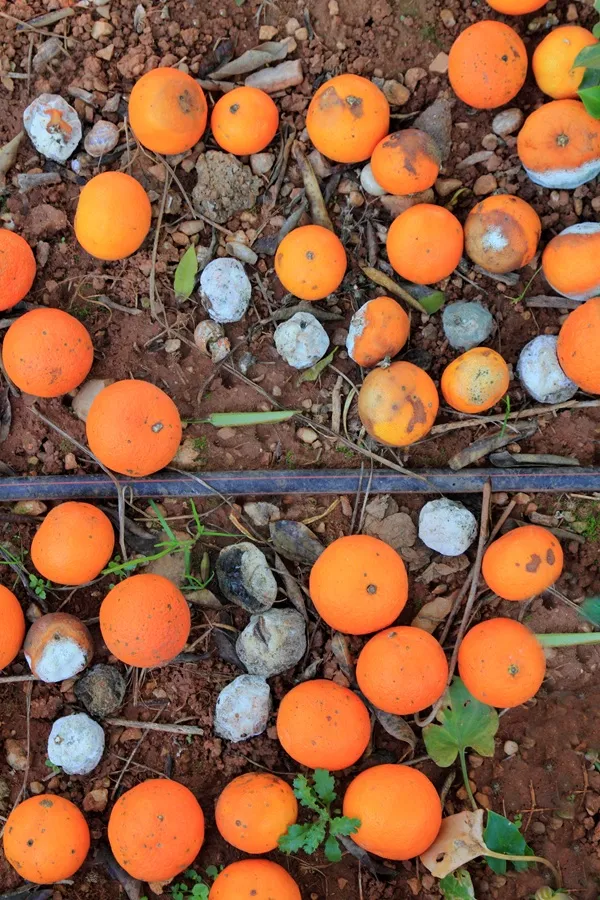Table of Contents
Global Food Waste: A Crisis and Collaborative Solutions
Food waste is one of the most pressing challenges of our time, with profound environmental, economic, and social consequences. Approximately 1.3 billion tons of food—one-third of all food produced globally—is wasted annually, while over 800 million people face hunger. Perishable items like fruits, vegetables, dairy, and meats account for 40-50% of total food waste due to their short shelf life. This article explores the root causes, ongoing efforts to combat waste, and innovative strategies to create a sustainable food ecosystem.
The Scale of the Problem
Why Perishables Are Wasted
- Supply Chain Inefficiencies: Temperature fluctuations, poor storage, and slow transportation spoil perishables before they reach consumers.
- Overproduction: Farmers often grow more than demanded to hedge against weather or market risks.
- Aesthetic Standards: Supermarkets reject "ugly" produce (e.g., misshapen carrots) that don’t meet cosmetic standards.
- Consumer Behavior: Households discard food due to poor meal planning or misunderstanding expiration labels.
Environmental Impact
- Food waste generates 8-10% of global greenhouse gas emissions (more than aviation).
- Wasted water, land, and energy used to grow uneaten food exacerbate resource depletion.
How Stakeholders Are Tackling Food Waste
1. Farmers: Prevention at the Source
- Precision Agriculture: IoT sensors and AI predict crop yields, reducing overproduction.
- Farm-to-Processing Partnerships: Companies like Apeel Sciences create plant-based coatings to extend produce shelf life.
- Surplus Redistribution: Platforms like FarmLink (USA) connect farmers with food banks.
2. Companies & Retailers: Tech-Driven Solutions
- Blockchain Tracking: Walmart and IBM use blockchain to trace perishables, reducing spoilage.
- Dynamic Pricing: Apps like Too Good To Go (Europe) sell surplus restaurant and supermarket food at discounts.
- Upcycling: Brands like Pulp Pantry (USA) turn food scraps into snacks (e.g., chips from veggie pulp).
3. Supermarkets: Reducing Overstock
- AI Inventory Systems: Tesco uses machine learning to optimize stock levels.
- "Ugly" Produce Campaigns: Intermarché (France) sells imperfect fruits/vegetables at lower prices.
- Donation Partnerships: Kroger (USA) donates unsold food to Feeding America.
4. Governments: Policy & Infrastructure
- France’s Food Waste Law: Bans supermarkets from discarding edible food; mandates donations.
- South Korea’s Pay-as-You-Trash: Households pay for food waste by weight, reducing disposal by 30%.
- EU Farm-to-Fork Strategy: Aims to halve food waste by 2030 through funding and standardization.
Innovative Ideas to Accelerate Progress
1. Real-Time Food Availability Networks
- Hyperlocal Apps: Create platforms where farmers, supermarkets, and restaurants update real-time surplus inventories. Customers receive alerts for discounted perishables nearby.
- Example: OLIO (UK) connects neighbors to share excess food.
- Integration with Google Maps or WhatsApp could boost accessibility.
2. Education & Healthy Cooking Programs
- School Curricula: Teach students about meal planning, food preservation (e.g., pickling, freezing), and composting.
- Food Literacy Center (USA) trains kids to cook with leftovers.
- Community Workshops: Partner with chefs to demonstrate zero-waste recipes (e.g., carrot-top pesto, stale bread croutons).
- Social Media Campaigns: TikTok/Instagram influencers can normalize "ugly" produce and share 5-minute healthy meals.
3. Tech-Driven Consumer Tools
- Smart Fridges: AI-powered refrigerators track expiry dates and suggest recipes based on ingredients.
- QR Code Labels: Scan to see a food item’s journey from farm to shelf, fostering appreciation and reducing waste.
4. Circular Economy Models
- Urban Farming: Supermarkets like Infarm (Germany) grow herbs onsite, cutting transport waste.
- Composting Hubs: Cities like San Francisco collect organic waste to convert into biogas or fertilizer.
Case Studies: Success Stories
- Denmark: Reduced food waste by 25% in 5 years through consumer education and supermarket partnerships.
- France: Saved 10 million meals annually via its 2016 anti-waste law.
- Japan: "Food Loss Reduction Act" promotes sharing surplus food with NGOs.
The Road Ahead
To achieve the UN’s Sustainable Development Goal (SDG 12.3) of halving food waste by 2030, collaboration is key:
- Farmers need access to affordable cold storage and redistribution networks.
- Governments must incentivize waste reduction and standardize food labeling.
- Consumers can adopt mindful shopping habits (e.g., buying "ugly" produce).
Conclusion
Food waste is solvable through innovation, education, and systemic change. By connecting stakeholders via technology, empowering communities with knowledge, and reimagining value chains, we can turn waste into worth—ensuring food nourishes people, not landfills.
Let’s act now—every carrot top, every leftover grain, and every imperfect apple counts.









